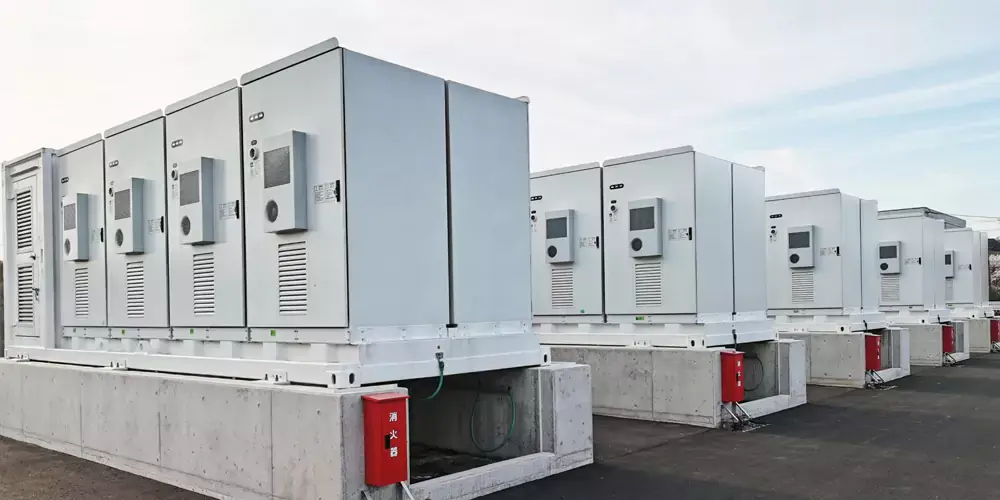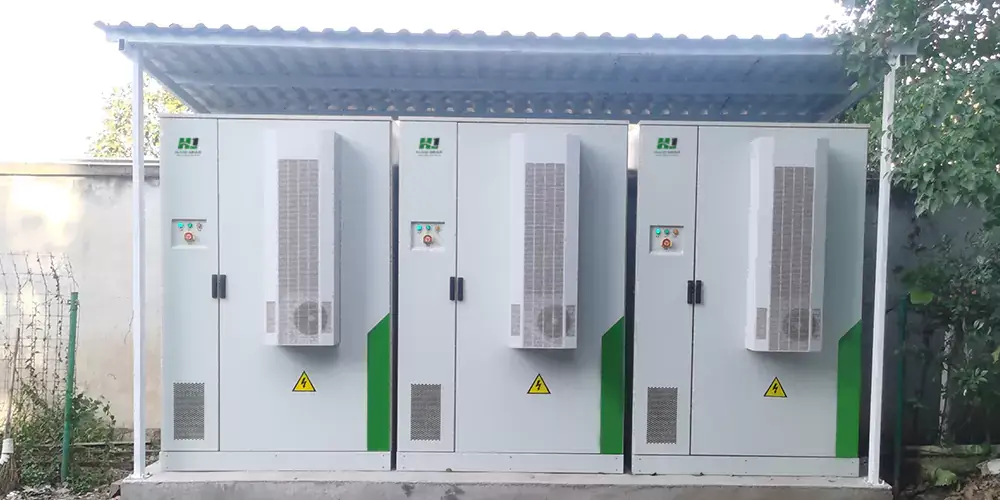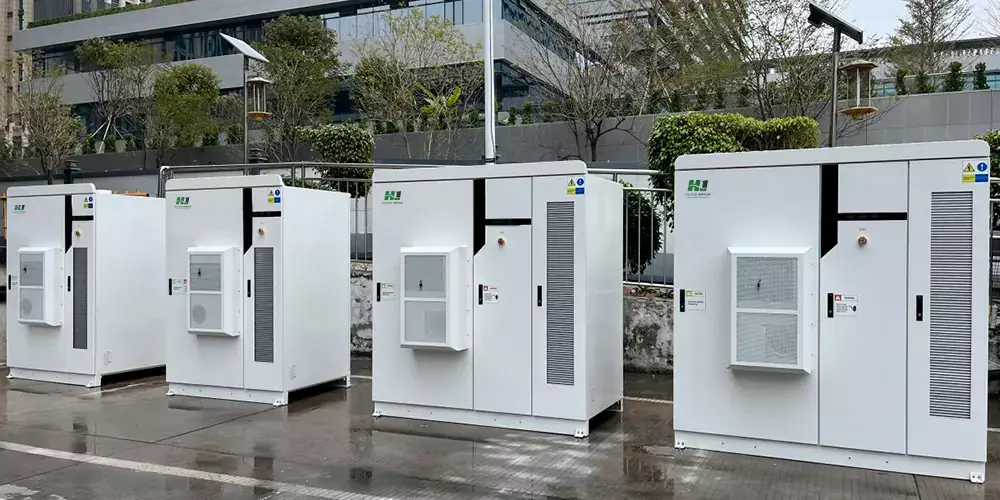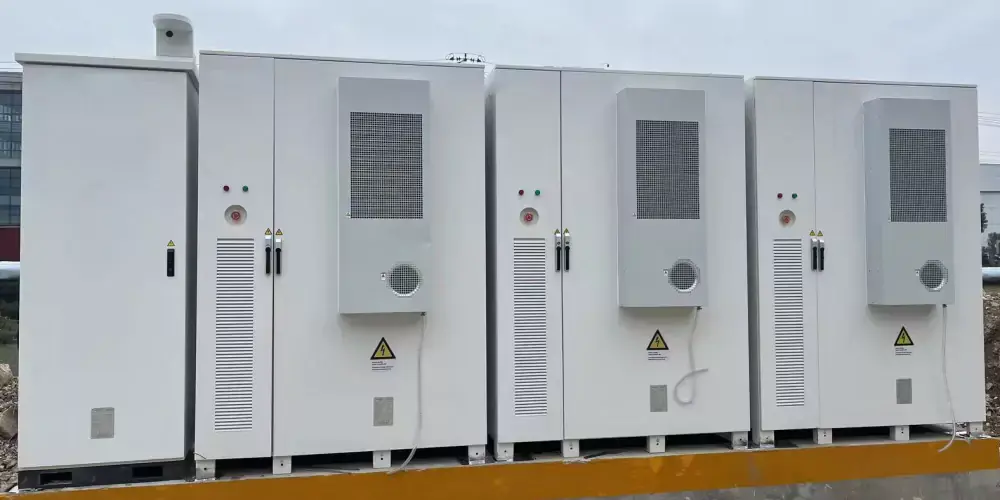Wind-Cooled Energy Storage: A New Strategy for Outdoor Energy Management
In the ever-evolving landscape of energy management, energy storage systems play a pivotal role in enhancing efficiency and sustainability. As demand for renewable energy increases, innovative cooling solutions are emerging to optimize the performance of these systems. One such solution is wind-cooled energy storage, which leverages natural wind resources to enhance thermal management and energy efficiency.
Understanding Wind-Cooled Energy Storage
Wind-cooled energy storage systems utilize the natural cooling effect of wind to regulate the temperature of stored energy components, primarily batteries. By maintaining optimal temperatures, these systems can extend battery life and improve overall efficiency. As renewable energy sources, such as solar and wind, become more prevalent, the integration of effective cooling solutions is essential for maximizing performance.
Benefits of Wind-Cooled Energy Storage
Enhanced Battery Performance
One of the most significant advantages of wind-cooled systems is their ability to maintain optimal operating temperatures. Batteries perform best within specific temperature ranges; extreme heat can lead to faster degradation. By employing cooling solutions like wind, energy storage systems can minimize overheating, thereby extending battery life and ensuring reliable performance
Energy Efficiency
Wind cooling not only preserves battery life but also enhances the overall energy efficiency of the system. Efficient thermal management means that less energy is wasted on cooling measures, allowing for more effective storage and use of renewable energy. This is particularly beneficial during peak demand periods when energy management is crucial.
Cost Savings
Implementing wind-cooled energy storage can lead to significant cost savings over time. By prolonging the life of batteries and reducing energy waste, users can decrease maintenance and replacement costs. Furthermore, efficient cooling solutions can lower the energy costs associated with traditional cooling methods, such as air conditioning units or refrigeration systems.
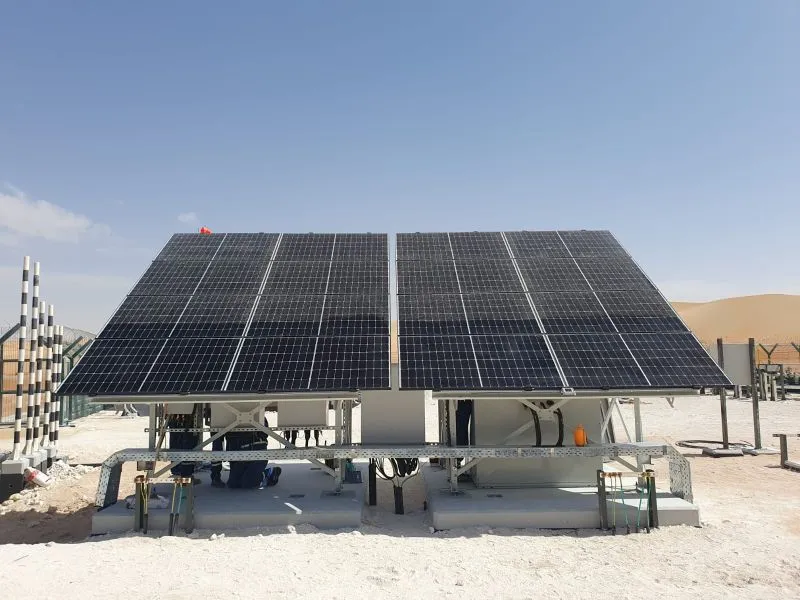
Applications of Wind-Cooled Energy Storage
Wind-cooled energy storage systems can be applied in various settings, making them versatile solutions for modern energy challenges:
Renewable Energy Farms: In solar or wind farms, energy storage systems can efficiently manage the intermittent nature of renewable resources. Wind cooling helps ensure that batteries can store excess energy generated during peak production times, providing a reliable power supply when needed.
Electric Vehicle Charging Stations: As electric vehicles (EVs) become more popular, the demand for efficient charging solutions increases. Wind-cooled energy storage systems can enhance the performance of charging stations, ensuring that batteries remain at optimal temperatures during charging cycles.
Off-Grid Applications: In remote locations where traditional cooling solutions may be impractical, wind-cooled energy storage offers an eco-friendly alternative. This is particularly beneficial in regions with abundant wind resources, allowing for sustainable energy management.
Challenges and Considerations
While the benefits of wind-cooled energy storage systems are clear, there are challenges that must be addressed:
Design Complexity: Integrating wind cooling solutions into existing energy storage systems can add complexity to the design and implementation process. Engineers must consider factors like wind direction, speed, and the placement of cooling elements to optimize performance.
Weather Dependency: The effectiveness of wind cooling is directly linked to environmental conditions. Areas with inconsistent wind patterns may require backup cooling systems to ensure reliable performance year-round.
Initial Investment: Although long-term savings are significant, the initial investment for implementing wind-cooled systems can be high. Businesses and organizations must weigh these costs against the potential benefits to determine feasibility.
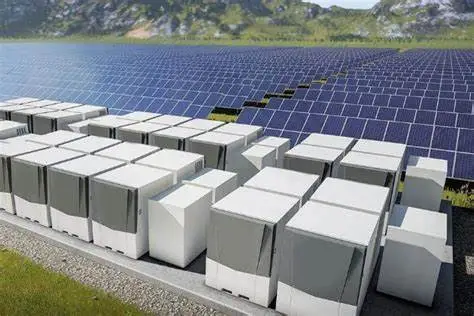
The Future of Wind-Cooled Energy Storage
As technology advances, the future of wind-cooled energy storage looks promising. Innovations in battery technology, materials science, and wind harnessing techniques will enhance the efficiency and effectiveness of these systems. Moreover, as the push for renewable energy continues, the demand for sustainable and innovative energy management solutions will grow.
Conclusion
Wind-cooled energy storage systems represent a cutting-edge strategy for outdoor energy management. By leveraging natural wind resources, these systems enhance battery performance, improve energy efficiency, and provide cost savings. As we continue to seek sustainable energy solutions, wind cooling will play a vital role in the future of energy storage systems, ensuring a more resilient and eco-friendly energy landscape.
Contact us
- Email:[email protected]
- Tel: +86 13651638099
- Address: 333 Fengcun Road, Fengxian District, Shanghai
Get A Quote Now!


